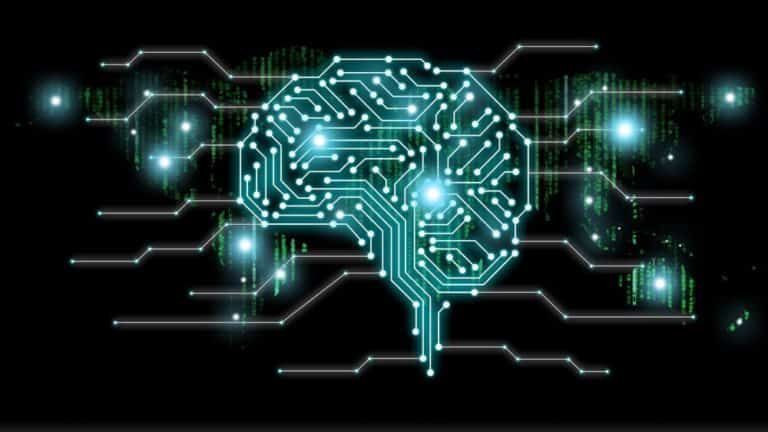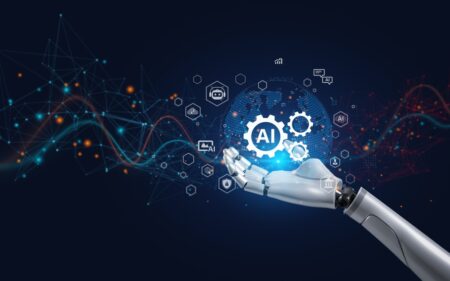The research firm says it comes down to three things: engineering trust, accelerating growth and sculpting change.
Research giant Gartner this week released its 2021 Gartner Hype Cycle For Emerging Technologies report. The report highlights the rise of nonfungible tokens or NFTs, sovereign cloud, data fabric, generative artificial intelligence and composable networks. These are among other technologies it says can help organizations to secure a competitive advantage.
“Breakthrough technologies are continually appearing, challenging even the most innovative organizations to keep up,” says Brian Burke, Research Vice President, Gartner. “Your focus on digital business transformation means you must accelerate change and cut through the hype surrounding these technologies.”
Engineering Trust
For IT teams to effectively lead technology-enabled business transformation, they must engineer a trusted business core, says Gartner. Trust requires security and reliability, but must also be built on working practices that are repeatable, proven, scalable and innovative. These practices establish a resilient core and foundation for IT to deliver business value, according to the report.
Accelerating growth
IT leaders and CIOs must focus on initiatives that drive the organization’s growth, the report states. That means balancing technology risk with the appetite for business risk. It also means ensuring that organizational growth targets are near-term and achievable.
Sculpting change
Change is “naturally disruptive” according to Gartner. The key, they say, is to recognize the disruption, and embrace technologies to sculpt the shift. This will bring order to what otherwise may be chaos. IT leaders must anticipate and influence change to mitigate risk.
For example, physics-informed AI (PIAI) is AI that can build physically and scientifically sound AI models. Traditional digital AI models have limited adaptability, because they can’t generalize beyond the data they were trained on. PIAI creates a more reliable representation of the context and physical product.


















